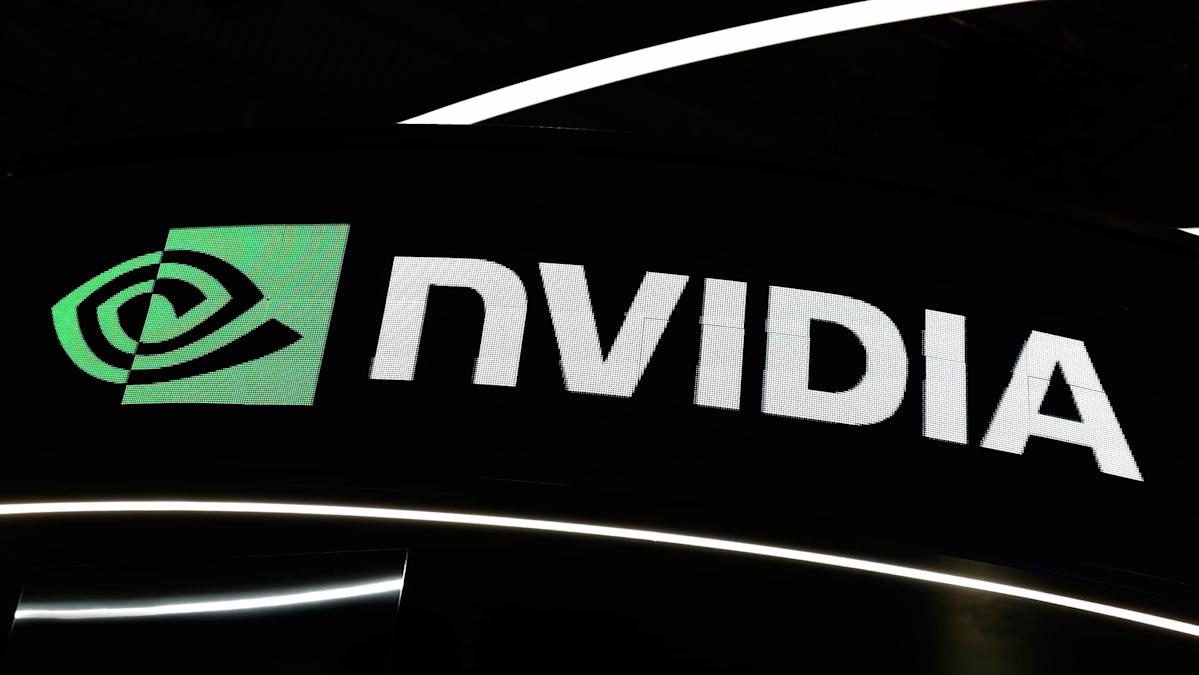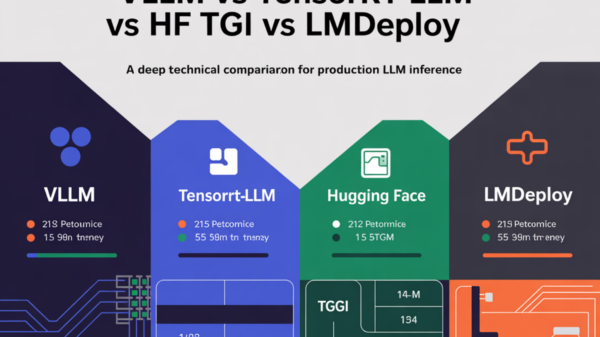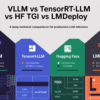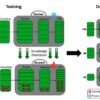Nvidia’s latest financial report and guidance reveal significant advancements in chip supply, indicating robust market demand for AI capabilities while also raising concerns about potential overspending in the AI sector.
Technical Details
Nvidia’s financial performance has shown a remarkable resurgence, with revenue growth bouncing back to $10 billion in the most recent quarter. According to CEO Jensen Huang, this surge in revenue can be attributed to the ramp-up of new US wafer production and increased collaboration with partners poised to expand manufacturing capacity. Historically, Nvidia faced constraints, unable to exceed a revenue growth of $4 billion per quarter since Q2 of 2024; even last quarter, growth was reported at only $2 billion. The recent jump can thus be seen as a pivotal breakthrough in overcoming these supply limitations.
Interestingly, while Nvidia is experiencing heightened demand for its GPUs, particularly the latest Blackwell architecture, which underscores the company’s leadership in the AI chip market, analysts are divided on the implications of these sales figures. The continuous demand for GPUs raises questions about the sustainability of the current market dynamics and whether this constitutes a bubble characterized by overspending. There is also a noted disparity in stock performance between Nvidia and its competitor, Intel, which has shown an impressive 85% increase year-to-date compared to Nvidia’s 43%. This divergence highlights a crucial layer in the supply chain landscape, with Taiwan Semiconductor Manufacturing Company (TSMC) significantly contributing to Nvidia’s capacity improvements.
Research Significance
The current discussions surrounding Nvidia’s growth illuminate essential truths about the AI market. While supply constraints have been alleviated, and the demand remains unabated, there are underlying concerns regarding the economics of the companies purchasing Nvidia’s GPUs. The fear is that many organizations may be unable to achieve profitable operations when investing heavily in AI infrastructure. This situation suggests a potential disconnect between rapid capital expenditure and long-term profitability—a hallmark of what some analysts have termed the “AI bubble.”
Indeed, the characterization of this bubble as an overspend is critical. As Nvidia pushes out more GPUs and Blackwell chips at an accelerated pace, the sustainability of this model may come into question. If companies cannot make the economics work, there could be significant repercussions in the AI space, which is still in its growth phase. This challenge aligns with broader concerns about excess investment without clear pathways to profitability, echoing historical instances in tech where rapid growth outpaced sustainable business models.
Context in the AI Research Landscape
The current environment surrounding AI investment mirrors broader trends in technology, particularly in how companies are approaching AI capabilities. Major players are increasingly focusing on scaling infrastructure to meet demand, which can lead to spikes in production and sales that may not be sustainable. The rise of AI has prompted various organizations to enhance their computing capabilities, often leading to massive capital expenditures on hardware without a clear return on investment strategy.
Furthermore, the discourse around Nvidia, Intel, and the semiconductor supply chain signals a critical turning point in the landscape of AI research and development. As companies attempt to scale their AI models—ranging from large language models to complex neural networks—access to robust and efficient hardware remains paramount. The interplay between Nvidia and Intel suggests a competitive landscape where supply chains and manufacturing capabilities will increasingly dictate market leaders. The enhanced production capabilities in the U.S., driven by firms like TSMC, are vital for this transition, allowing companies like Nvidia to ramp up production to meet soaring demand.
In conclusion, while Nvidia’s stellar financial results and increased production capabilities signify a positive trajectory in the AI sector, they also serve as a cautionary tale about the potential pitfalls of excessive investment in technology. The balance between supply, demand, and economic viability must be carefully managed to ensure sustainable growth in an industry poised to shape the future of technology.
 SharkNinja Launches AI and Analytics Lab in Partnership with Boston University
SharkNinja Launches AI and Analytics Lab in Partnership with Boston University AI Tool Predicts Civil Unrest in India by Analyzing News Mentions and Events
AI Tool Predicts Civil Unrest in India by Analyzing News Mentions and Events Brown University Launches $20M AI Institute to Revolutionize Mental Health Care
Brown University Launches $20M AI Institute to Revolutionize Mental Health Care AI Model Achieves 95% Accuracy in Cardiovascular Disease Prediction Using Longitudinal Data
AI Model Achieves 95% Accuracy in Cardiovascular Disease Prediction Using Longitudinal Data Apple Showcases AI Advancements at NeurIPS 2025 with 10 Innovative Papers and Demos
Apple Showcases AI Advancements at NeurIPS 2025 with 10 Innovative Papers and Demos












































































